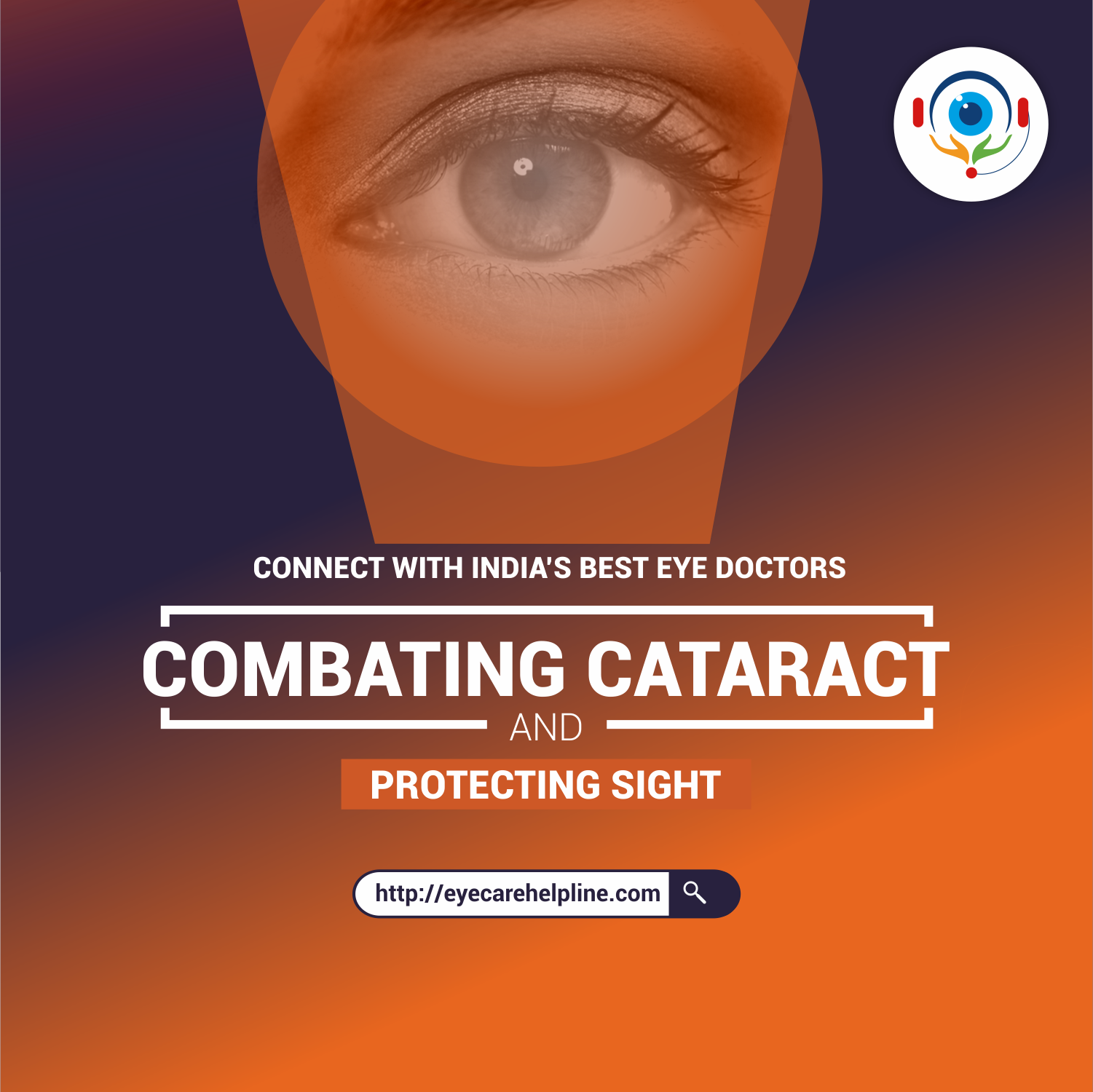- By: Dr. Amit Gupta
What is a Squint?
A squint is an eye condition in which the eyes do not align properly. The reason being, the extraocular muscles (muscles that control the movement of the eye and the eyelid) do not function together, making it tough for both the eyes to look at the same spot, at the same time.
In some other cases this could happen due to a possible brain disorder that prevents proper coordination of the eyes.
How do Squint-Eyes Function?
In this eye condition, one eye focuses on one particular spot and the other turns inwards/ upwards/ downwards/ outwards. This happens either all the time or has an irregular occurrence.
A squint, also known as strabismus, makes binocular vision impossible; further making it difficult for the person to fully appreciate depth perception.
What are the Different Types of Squint/Strabismus?
There are four different types of a squint and these include -
1. Hypertropia (Eyes turning upwards)
2. Hypotropia (Eyes turning downwards)
3. Esotropia (Eyes turning inwards)
4. Exotropia (Eyes turning outwards)
Is a Squint/Strabismus Common?
As opposed to what is normally believed, this eye condition is quite common and affects about 4% of the population.
Psychological Impact
Having a squint has its effects on mental health. Children with a squint suffer from depression. They are often teased for being squint-eyed and become victims of ‘name calling'. This further pushes them to be by themselves.
Causes for Squint
A squint or strabismus can occur at birth or in the first six months after birth to childhood and adulthood. Following are the reasons why a child becomes squint-eyed -
1. Congenital (when a person is born with it)
2. Hereditary (when it runs in families and is inherited)
3. An Illness
4. Injury on a Cranial Nerve
5. Myopia (Shortsightedness): High myopia can also lead to squint
6. Hypermetropia (Long-Sightedness)
7. Hydrocephalus - A condition in which the cerebrospinal fluid (a fluid found in the brain and spinal cord) builds up in and around the brain, possibly leading to strabismus.
8. Viral Infections like the Measles
9. Genetic and metabolic disorders
Symptoms & Treatment
The existence of a squint becomes quite obvious at an early age. If your child does the following things, there's a possibility that your child is squint-eyed -
1. Doesn't look straight ahead
2. Has one eye closed
3. Turns while looking at a person
If you begin to notice these things, it is always good to see a doctor.
A squint or strabismus is treatable. Treatment is most effective up to the age of 6. However, having said that it can also be treated if the patient is much older.
After a thorough eye checkup the doctor will be able to tell you what kind of treatment is required. Following are the treatments for squint -
1. If the squint is caused due to hypermetropia or long-sightedness then the doctor will prescribe glasses to treat it.
2. Doctors may ask your child to wear an eye patch over the eye without the squint. Doing this helps the eye with the squint to get better in eyesight. 40% of children with squint develop lazy eye because of the uncorrected squint.
3. If various treatment methods remain ineffective, doctors prescribe surgery, which helps realign the eyes and restore binocular vision. Surgery for squint is quite safe and ensures a good outcome.
Takeaway
A squint can weaken your vision or due to poor vision you can get a squint. Also, if untreated, strabismus can further cause amblyopia or lazy eye. In this, the brain begins to ignore input from one of the eyes. Therefore, it becomes necessary to get it treated as early as possible.



